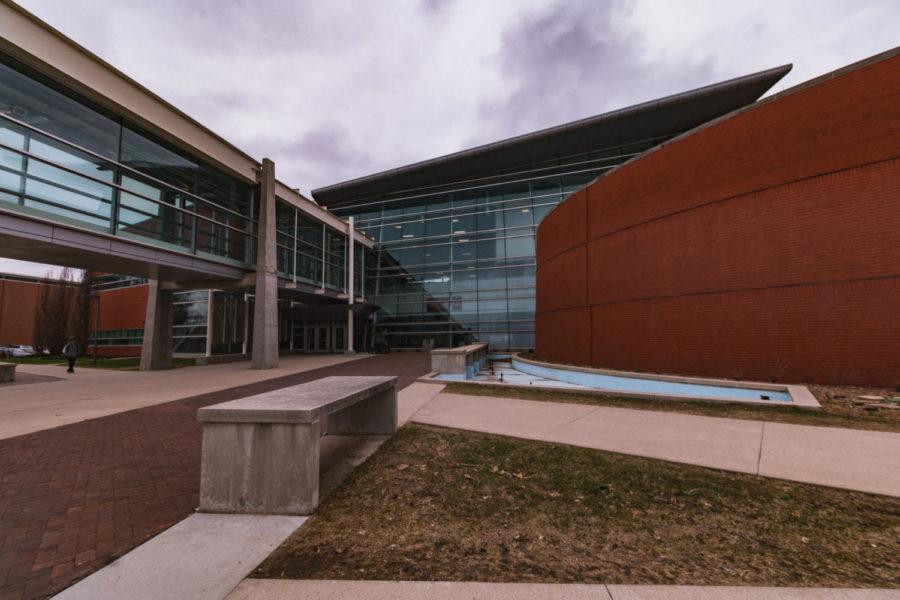Aerospace professor named lead on $1 million grant
Photographer: Alec J Giljohann
Howe Hall Stock Photo
August 29, 2017
An Iowa State aerospace professor will lead a $1 million grant from the National Science Foundation.
Principal investigator Peng Wei, assistant professor of aerospace engineering, will head the three-year grant to find a way to monitor low-altitude air traffic.
Weng will be accompanied by Iowa State assistant professor of aerospace engineering Kristin Yvonne Rozier, University of Michigan professor Ella Atkins, University of Iowa professor Thomas Schnell and George Hunter, principal data scientist at Mosaic ATM.
These five are working together to find a solution for the Federal Aviation Administration to monitor air traffic 400 feet and below. There is currently no established infrastructure to enable and safely manage the use of low-altitude airspace and UAS (unmanned aircraft system) operations, according to NASA.
The team wanted to challenge that.
After the NSF announced its annual list of calls for proposals, the team created an idea to monitor this traffic. They created their proposal and sent it to the NSF in October 2016.
The NSF’s list of calls for proposals includes broad topics. Wei and Rozier chose to create a solution for “smart service systems” like the NSF was looking for.
“We happened to choose a problem that obviously people on the panels at the NSF selected agreed was one of the more important problems for benefiting humanity to address,” Rozier said.
Weng said the team they assembled was an advantage as well.
“I think we have an excellent team,” Wei said. “A lot of team members have rich experience dealing with aviation problems.”
The first year of the project will focus on developing formally-defined requirements as well as a database for the system.
The second year will focus on the team’s three-step plan.
The first step, pre-departure flight planning, makes sure the flight will be safe. The second step is monitoring and alert, which creates a way to detect other potential dangers in the sky. The third step, emergency landing, will be created to help the UAS land safely if it does detect a problem in step two.
The third year of the grant period will be used to test the product, and improve as needed. The team will be testing on the University of Iowa’s campus.
The team plans to create a small, drone-like UAS with the ability to fly around a low-altitude range and monitor the safety of that sky for other aircrafts.
“The question is right now, ‘How do we both expand performance, scalability and usage of [UAS’s], but also maintain safety?’” Rozier said.
Different companies are exploring the usage of low-altitude air vehicles, Wei said. He said Amazon and Google are interested in using cargo airplanes, and Uber is interested in using autonomous aircraft to transport people.
“It’s really a cross-institution effort with companies and universities,” Wei said. “We’re very excited.”







